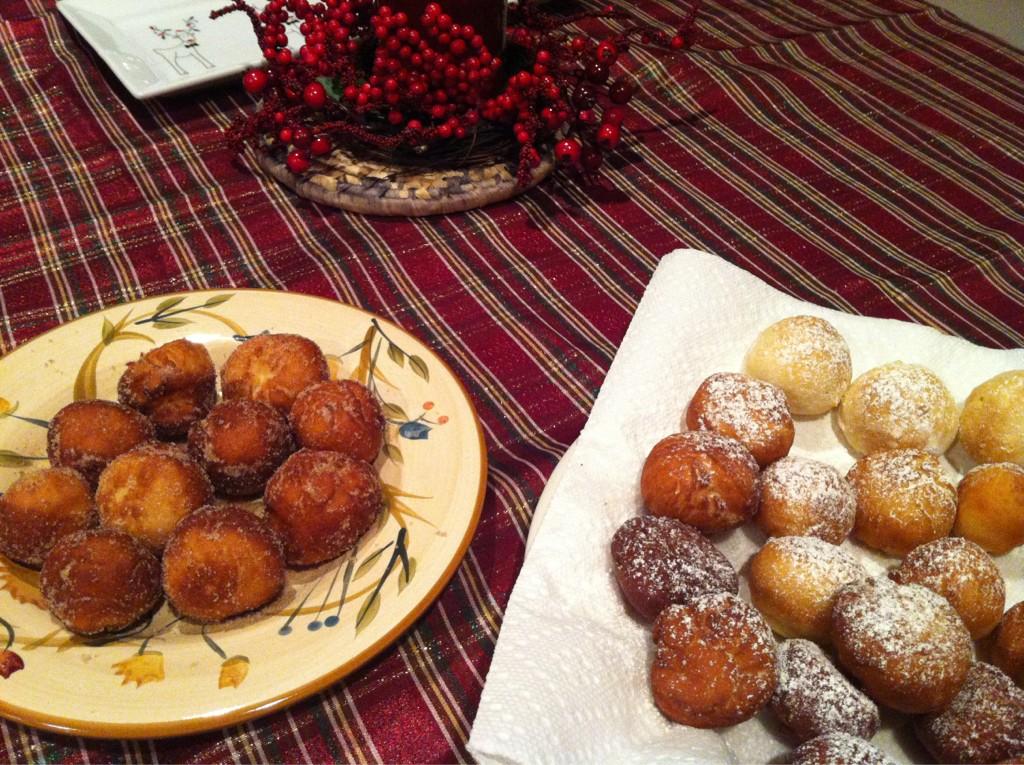
What type of experience do you have in the supermarket? Are you frazzled and exhausted or relaxed and calm?
Your experience can be determined by whether you:
- have children with you ("no, you can't have that cereal.")
- are in a hurry ("why can't I find the soy milk??!! Why am I in the slow line again?")
- are trying to save money ("Oh I see a sign marked in red; it must be on sale, right?") and
- are hungry ("Yes, I think we are out of chips. And cookies. And cheese and crackers...").
Here are some thoughts to make that trip something satisfying and not stressful.
1. Start with a list, even if it's written on the back of something you find in your bag. If you go in thinking about lunches and snacks you need to prepare for the week, upcoming parties and pot lucks, and what you need to stock up on, it might be easier to stick to what you really need. I have a chalkboard in the kitchen. When I run out of mayo or a certain cereal, it goes on the board. I find this helps to keep me organized so I'm not making multiple trips to the store (which saves me time in the long run).
2. I leave the kids behind, most of the time. If I give myself enough time, I like to walk around the store to try to get inspired or to look for deals on something I can stock up on like pasta, cereal or canned food. It's worth it to me to get a babysitter for this or use the time while the children are in school. Or, I do it on the weekend very early before everyone else is out and about, or even at night.
3. If I'm bringing the kids, I definitely need to add "strategy" to the shopping list. When children join you at the grocery store, you can't blame them for wanting certain cereals or cookies. Marketing to children is an entire business. Look at where these items are in the store; at the end of the aisles and on their level. Why isn't Dora on a bag of spinach?? Are the items with the characters more nutritious or some times less? Is that what you want to serve them? It's disappointing that often times the most fun looking package contains the worst ingredients. Be aware of this. You are still the parent who has control of the money. If you get a chance, watch the movie
Consuming Kids: The Commercialization of Childhood and see what you think after that. It might change your mind on what you buy.
4. Food is expensive. There's no denying that. Some people believe there are long term health benefits associated with eating healthier, both for ourselves and especially for our children. Don't assume the local farmer's market is always expensive. If you are buying food that is in season and abundant, you might get a better deal as well as higher quality. Look for sales but always read the labels to see what is in it. If the price of yogurt seems like a good deal, just make sure there's no high fructose corn syrup in it. Maybe that's why it's so cheap. Same goes for bread and cereals.
5. The best way to stick to a budget is to stick to simple foods that you prepare yourself. When you buy chicken nuggets, macaroni and cheese or brownies in a box, you're spending a lot of money for processing and packaging. Try some recipes from my blog for
bbq chicken tenders, quick and easy
stove top macaroni and cheese (yes, you can make a white sauce!) or
"better than a box" brownies, even
gluten free brownies. Also, be careful of what you pick based on the sign. Some items look like they are on sale but the price is just highlighted. Take that extra minute to see if it's a real savings or not.
6. Last but not least, remember the motto: don't shop while you are hungry. It's something I tell people but the reality is, I can't always plan that. If I have a few extra minutes, I'll get a salad from the salad bar first (or even a fruit smoothie) and eat it before I start shopping. That gives me an extra 5 minutes to look at my list and try to stick to it.
You may not put grocery shopping in the category of "fun" but by using these tips, hopefully it will seem much less daunting.
 I created this recipe in hopes of it being a big hit at our local festival. I was co-chairing a food booth for my son's school and I thought this would fly off of the proverbial shelves. A combination of bad location and signage led to less than enthusiastic results. However, on the upside, I created something that tasted really good.
I created this recipe in hopes of it being a big hit at our local festival. I was co-chairing a food booth for my son's school and I thought this would fly off of the proverbial shelves. A combination of bad location and signage led to less than enthusiastic results. However, on the upside, I created something that tasted really good.








